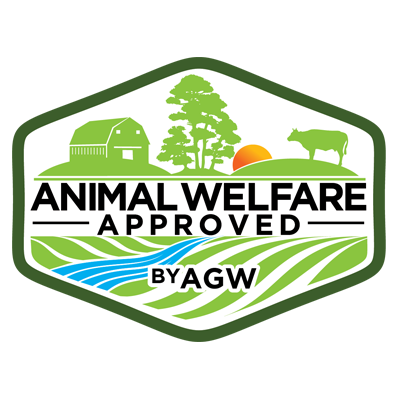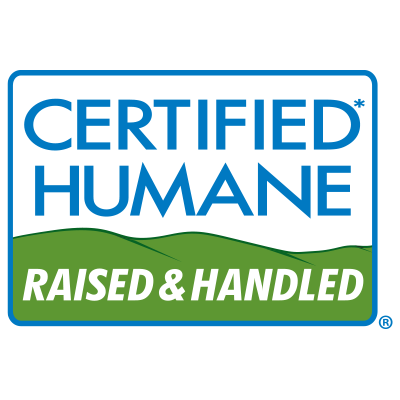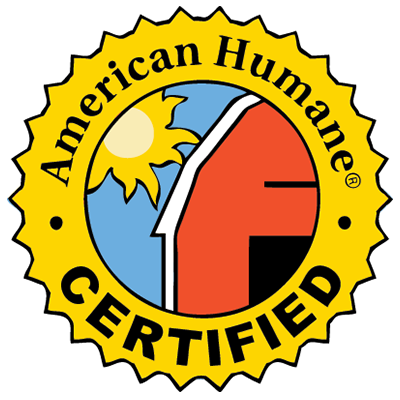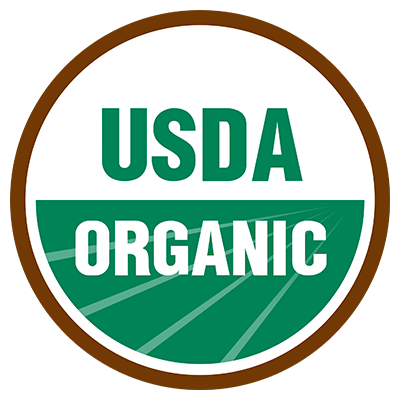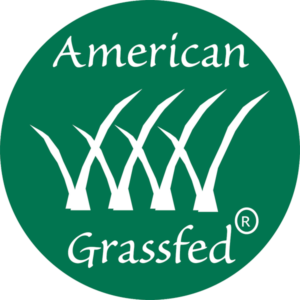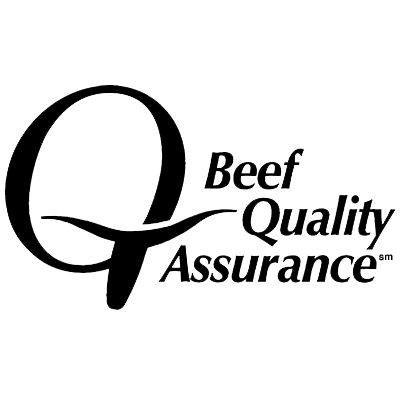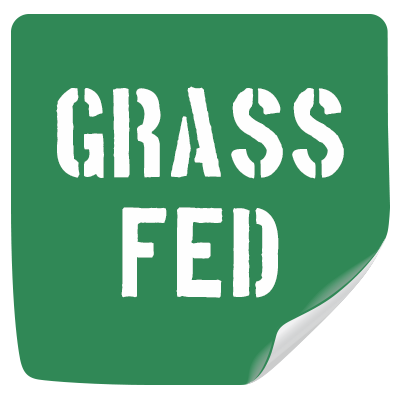Don’t be fooled by food labels that sound like they mean better for cows. Use our guide below to learn how these labels actually impact cow welfare—or how they don’t. Look for the ASPCA recommended labels Animal Welfare Approved, Certified Humane and Global Animal Partnership (Step 2 or higher), and then sign up to join the Shop With Your Heart movement for the latest info on finding these products and making welfare-conscious choices when you shop.
| Animal welfare certifications | Other independent certifications | Industry certification | Other claims | |||||||
|---|---|---|---|---|---|---|---|---|---|---|
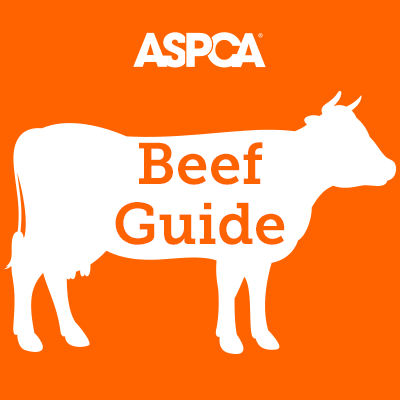 |
|
|
|
|
|
|
|
|
|
|
Meaningful On-Farm Welfare Standards | Yes | Yes | Yes | No | No | No | No | No | No | No |
Feedlots Prohibited | Yes | No, but sets standards for space, shade, dust & mud | Step 1: No, but sets standards for space Step 2: No, but sets standards for space, shade & enrichment Step 4-5+: Yes | No, but sets standards for shade, dust & mud | No | Yes | No | No | No | No |
Pasture Access Required | Yes, “continuous outdoor pasture access” | No, but continual access to the outdoors. If grass-fed, continuous pasture access required after calf-rearing | Step 1-2: 2/3 of life on range or pasture Step 4: 3/4 of life on range or pasture Step 5-5+: Continuous access to range or pasture | No | Yes, “free access to certified organic pasture for the entire grazing season” (≥ 120 days/yr) | Yes, “maximum access to pasture” | No | Yes, continuous access to pasture during the growing season | No, but undefined outdoor access | No |
Diet Requirements | “Must be provided with at least 70% long fiber roughage/ forage in their diet on a daily dry matter basis” | Must be provided with feed or forage containing sufficient fiber to allow rumination. If grass-fed, diet must consist of grass and forage and any feed supplements must not include grain | “Palatable fibrous foods, such as grass, hay, haylage, or silage, must be continuously available” | “Adult cattle must be provided with a supplemental source of fiber to promote rumination” | “Ruminants’ diets must contain at least 30% dry matter (on average) from certified organic pasture…. The rest of its diet must also be certified organic, including hay, grain, and other agricultural products” | “Grass and forage will be the feed source consumed for the lifetime of the ruminant” | Not addressed | Ruminants must be fed only grass and forage (Unless label indicates other %) | Not addressed | Not addressed |
Weaning Requirements | Calf must be ≥ 6 months and average age must be ≥ 7 months | Average age must be ≥ 6 months | Step 1-4: Calf must be ≥ 6 months Step 5: Calf must be ≥ 8 months. Two-step weaning is required Step 5+: Natural weaning | > 3 months | Not addressed | Not addressed | Not addressed | Not addressed | Not addressed | Not addressed |
Dehorning Prohibited | Yes | No, but pain control is required | Yes | No, but pain control is required | No | No | No | No | No | No |
Disbudding Prohibited | No, but pain control is required for hot iron | No, but pain control is required for all methods | Step 1 -4: No, but pain control is required for hot iron Step 5-5+: Yes | No, but pain control is required for hot iron | No | No | No | No | No | No |
Maximum Transport Duration | 8 hrs | 8 hrs | Step 1: 25 hrs Step 2-4: 16 hrs Step 5: 8 hrs Step 5+: Transport not permitted | None | None | None | None | None | None | None |
Routine Antibiotic Use Prohibited | Yes | Yes | Yes | No, allows nontherapeutic use of ionophores | Yes | Yes | No | No | No | No |
Growth Hormones Prohibited | Yes | Yes | Yes | Yes | Yes | Yes | No | No | No | No |
On-Farm Audits of Every Facility | Yes | Generally yes, but not every facility is audited in producer groups and beef marketing groups | Yes | Yes | Yes | Yes | No on-farm audits at all | No | No | No |
Timing of Audits | Once every year | Once every year | Once every 15 months (in order to see a farm in each season) | Once every year | Once every year | Once every 12-15 months | Not applicable | Not applicable | Not applicable | Not applicable |
100% Compliance with Standards | Yes | Yes | Yes | No* | Yes | Yes | No (standards are guidelines, not requirements) | No | No | No |
† Although the USDA Organic program released new, stronger animal welfare standards in January 2017, it delayed their implementation for months. Finally, in December 2017, the USDA announced its intention to withdraw these new standards completely. We are monitoring developments and will keep you updated; be sure to join the ASPCA Advocacy Brigade for alerts if you haven’t already.
* American Humane Certified standards only require that producers meet 85% of the provided standards. Accordingly, it is possible that a producer might not meet certain requirements (including antibiotic and hormone use) and still receive the American Humane Certified certification.
